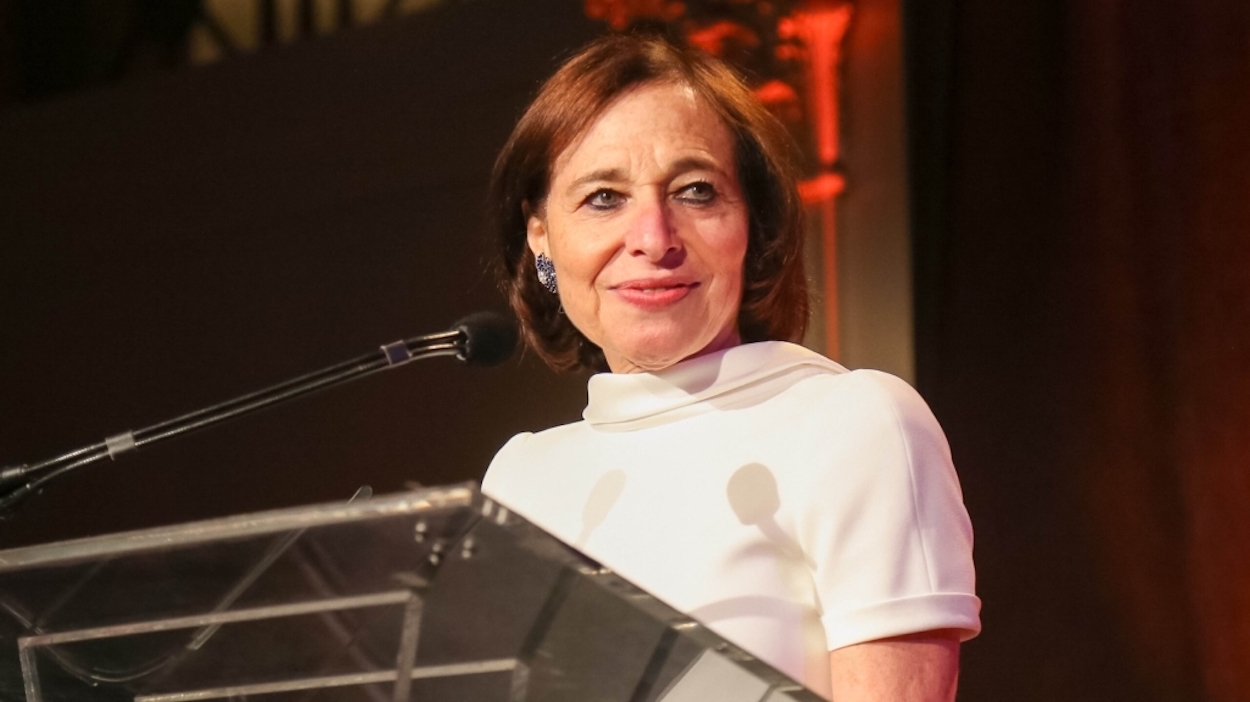Summary: The U.S. Launch of Telefónica's Global Millennial Survey
Summary: The U.S. Launch of Telefónica's Global Millennial Survey
Panelists discussed how technology and digital literacy have empowered a spirit of entrepreneurship in today’s young adults.
Panelists:
- José María Álvarez-Pallete, Chief Operating Officer, Telefónica S.A.
- Don Baer, Worldwide CEO, Burson-Marsteller and Chairman, Penn Schoen Berland
- Jay Leveton, Worldwide Executive Vice President/Interim CEO, Penn Schoen Berland
- Susan Segal, President and CEO, Americas Society/Council of the Americas
- Emily Steel, US Media and Marketing Correspondent, Financial Times (Moderator)
Summary
On July 15, AS/COA hosted a panel to discuss Telefónica’s Global Millennial Survey, the largest and most comprehensive survey of millennial adults aged 18-30 conducted to date. The conversation focused on the results of the survey and how access to technology and digital literacy has empowered and ignited a spirit of entrepreneurship in today’s young adults.
[[nid:50030]]
Overview of the Global Millennial Survey
Penn Schoen Berland’s Jay Leveton opened the discussion with an explanation of Telefónica's Millennial Survey. The survey addresses four key themes: the effect of technology on individuals, what makes millennials tick, how technology can drive opportunities, and identifying new millennial leaders. The survey was made up of a series of questions to gage not only the basic information of the survey-takers—such as age, level of education, employment, marital status, and socio-economic level—but also their feelings towards technology and perceptions of how technological advancements will affect their lives, countries, and world.
Leveton highlighted some of the Latin American data from the survey. Latin American survey-takers demonstrated the highest percentages of optimism and confidence not only in themselves, but in their countries. Of those who took the survey in Latin America, 78 percent thought their countries’ best days were ahead, compared to 47 percent in North America and 41 percent in Western Europe. An estimated 69 percent of Latin American survey-takers were optimistic regarding their entrepreneurial opportunities, while 82 percent had confidence in making a difference on the local level. Around 58 percent feel they can make a difference in the political system. Climate change was another key topic addressed: about 70 percent of Latin American survey-takers feel the issue is very pressing. Finally, the survey found three characteristics that make a millennial leader: a strong handle on technology, a firm belief in making a difference on the local level, and entrepreneurial spirit. The survey found that many of these leaders live in Latin American countries.
Regional Differences in Optimism
Moderator Emily Steel from the Financial Times raised the issue of regional discrepancies in optimism and what these differences mean for future generations. Burson-Marsteller’s Don Baer believed this resulted from differing regional trends such as confidence in governments, as well as local, regional, and global economies. In the United States, for example, the economic crisis lowered confidence, while in Latin America, there exists a sense of opportunity, possibility, and growth. However, Telefónica’s José María Álvarez-Pallete said this pessimistic trend is not likely to persist in North America due to the boom in smartphones and other technology in spite of the recession. As a result, the millennial generation is more connected and active in trying to find solutions to the present challenges, a trend which Álvarez-Pallete believes will result in increased optimism for North American millennials. AS/COA’s Susan Segal noted that the discrepancies between Latin America and North America are largely a result of the past two decades, since Latin America’s increasing access to information and technology is relatively recent.
Furthermore, knowledge about how to utilize social media has become increasingly valuable as technology takes an increasingly prominent role in politics, economics, and society. The recent examples of youth-driven organizing using social media such as the Arab spring, the 2012 U.S. elections, and the Brazilian protests demonstrate the need to adapt to this new phenomenon.
The Challenges of Income and Gender Gaps
Steel continued the discussion by turning to two of the largest obstacles to technological advancement: income and gender gaps. Among the most optimistic countries, income equality is still a significant concern. Álvarez-Pallete explained that education, for example, has yet to be revolutionized by technology though he believes this will change. The digital divide can be overcome but schools must be equipped with technology and teachers need to be properly trained, he noted.
The survey also found that gender gaps exist because women tend to be less comfortable with technology. However, Segal argued that the findings could be a result of the phrasing of the questions, because of the vagueness of the term technology. Social media, smartphones, and computers all fall under the umbrella of technology and the vagueness of the question does not account for how comfortable women can be with certain aspects of technology. Álvarez-Pallete noted that in spite of the gender gap, many women are involved in Telefónica’s startup initiative and there may be a smaller divide than the survey suggests.






